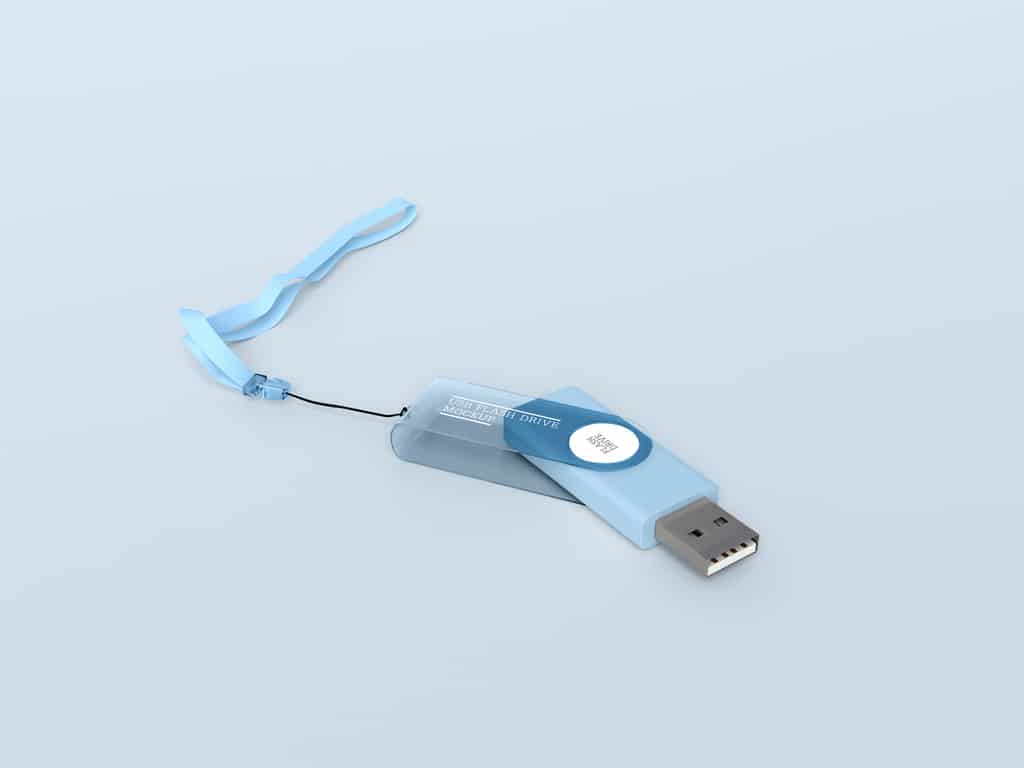How to install Linux on the computer? Here's how by 2 methods
All enthusiasts of the Linux universe, at least once, have wondered how they could install it.
The truth is that the search for “how to installIf you liked this content about Linux, you need to know our professional Linux training courses, how to cure Linux on the computer” continues to grow, precisely because this is a very interesting and user-friendly system to use on a daily basis.
Despite this, there are not many tutorials available on the internet that teach different ways to install Linux on a computer. Most content applies only one method, considered the “standard”.
But the truth is that besides it, there is another totally effective alternative to install Linux, as you will see throughout this article.
With that in mind, the Linux Certification team developed this complete content, with everything you need to know about the topic. Check it out!
How to install Linux from the pendrive?
 Photo: Freepik | How to install Linux from the pendrive? The simplest way to install Linux is to use a “means of transport” and storage such as a pendrive.
Photo: Freepik | How to install Linux from the pendrive? The simplest way to install Linux is to use a “means of transport” and storage such as a pendrive.
In the past, it was very common to see the use of CDs or DVDs to allocate an operating system that would later be installed on another machine.
Today, however, most computers and notebooks no longer have a CD and DVD slot, which made the process unfeasible, replacing it with a pendrive and even external hard drives.
Before starting the procedure, know that it is necessary to download the Linux operating system files from the internet, in ISO or “.iso” format to your pendrive.
So, first check that the site chosen to download is trustworthy and that it is possible to identify the format in which the files were downloaded to the computer - give preference to the type “ universal USB installer”, so that the pendrive becomes bootable.
Also, if you are installing Linux on a computer that was already running another operating system, such as Windows, it is important to back up all the main information and files that exist on it.
Photos, documents, personal and professional files, passwords… everything must be properly saved before the computer is reset and the Linux system installed.
Perhaps it is simpler, instead of choosing another pendrive or external hard drive to upload the files, to save them in the cloud, in strategic systems that can be easily accessed later.
The step-by-step process to install Linux via the pendrive is also very user-friendly, as you will see in the tutorial below.
1. Boot the computer from the flash drive
Once all the previous steps are done, simply boot your computer from the pendrive. To do this, simply restart the computer with the pendrive located in the USB port and hold the “enter” key for a while, until the option “boot from the pendrive” appears.
Then, select the “F12” option on your keyboard, so that the GNU GRUB screen, responsible for managing all Linux installations, appears and enables the next steps.
2. Select the drive for installation
After choosing the pendrive as the installation drive, it is necessary to define how the system will be installed: whether it already has a web browser, file packages similar to Windows “Office”, and other extra features.
In the case of installing Ubuntu, for example, a very famous Linux distribution, there is the possibility of installing the complete package or just the “basic” one, with a browser and simple utilities, necessary for everyday life.
In this scenario, it is up to you to decide which package to choose, according to your goals with Linux. What is recommended, however, is that you should already worry about installing the complete package to facilitate the work and save time with the installation in the future.
Once this is done, you must choose the type of installation of your operating system: replace the existing system, or just keep it running in parallel with another.
Know that, if you choose the second option, each time the computer boots up you will need to choose the operating system of your choice, whether Linux, or Windows, for example.
3. Starting the installation
At the startup stage of the installation, your screen will show a panel confirming user data from that computer, such as:
- user name;
- device identification (this may be both the ID and the name given to the computer, such as “desktop user”, for example);
- and password, which may be marked as necessary at each device startup, in order to maintain the security of information within the computer and make it difficult for strangers to invade, who want to steal or alter your data.
Your sign that the installation was successful will be the message asking you to restart the computer in order to start it already with the Linux system installed on the computer.
How to install Linux using a virtual machine (VMware)?
 Photo: Pexels | How to install Linux from the computer with the virtual machine? Another widely used procedure in the universe of how to install Linux on a computer is to rely on the assistance of a virtual machine, or “virtual machine”, in English.
Photo: Pexels | How to install Linux from the computer with the virtual machine? Another widely used procedure in the universe of how to install Linux on a computer is to rely on the assistance of a virtual machine, or “virtual machine”, in English.
Virtual machines are great allies for beginners who still don’t feel 100% comfortable migrating to the Linux system once and for all, and want to test it first, or use it occasionally.
They are nothing more than software that allows the installation of operating systems such as Linux without replacing the already installed OS. This allows the two SOs to be used in parallel without taking up more space on the computer’s hard drive.
In order to work correctly, however, some prerequisites are necessary before installation, such as:
- have an excellent internet connection;
- have at least 4 GB of RAM available;
- have a total of 12 GB of free space on your device.
1. Download and install VirtualBox
The most common virtual machine software is VMWARE VirtualBox, which, first of all, needs to be installed to be used as a virtual simulator.
Go to the official VirtualBox website and download the version according to your device. It is common to download the “Windows host”, which has a 32-bit and 64-bit option. It’s up to you to choose your computer model and download the corresponding one.
Once this is done, a dialog box containing the steps for installing the software will open - just follow the steps indicated and complete the installation.
2. Download Ubuntu
Incredible as it may seem, the download of Ubuntu must be done in the same way as the pendrive option: in your browser, it is necessary to search for “Ubuntu” and download all the files from the distribution.
Download it through the official Ubuntu website to avoid risks and not jeopardize the security of your system.
3. Create a machine in VirtualBox
Returning to VirtualBox, it will be necessary to create a new virtual machine:
- click on “new” or “new”, depending on the software language;
- name your virtual machine with the type of operating system that will be installed (Ubuntu);
- in the type, enter “Linux”;
- and choose the downloaded version, whether 32 or 64 bit;
- click on proceed and select the memory size for installing Ubuntu (recommended is 2048 MB, equivalent to 2 GB);
- create a dynamically allocated virtual hard disk;
- choose at least 8 GB for the virtual hard disk;
That’s it, your virtual machine will be created and able to receive the Ubuntu distribution.
4. Install Ubuntu
To install Linux on the computer, using Ubuntu, simply press “start” or start the virtual machine. A dialog box will open requesting the installation of an operating system.
Just select the downloaded one, open it and launch it. From there, simply follow the common installation steps and configure your location, language, and user information. That’s it, your Ubuntu will be available for use!
Conclusion
Have you noticed how installing Linux on your computer is not a seven-headed animal? Just follow the step-by-step shown step by step with attention to detail, so as not to download files that are incompatible with your computer’s requirements.
If you liked this content about Linux, you need to visit our professional Linux training courses, such as the course of Docker and read about the Docker commands (learn) what is docker), RHCSA and Pfsense. They are fully structured with your learning and enjoyment in mind. It’s worth checking it out!